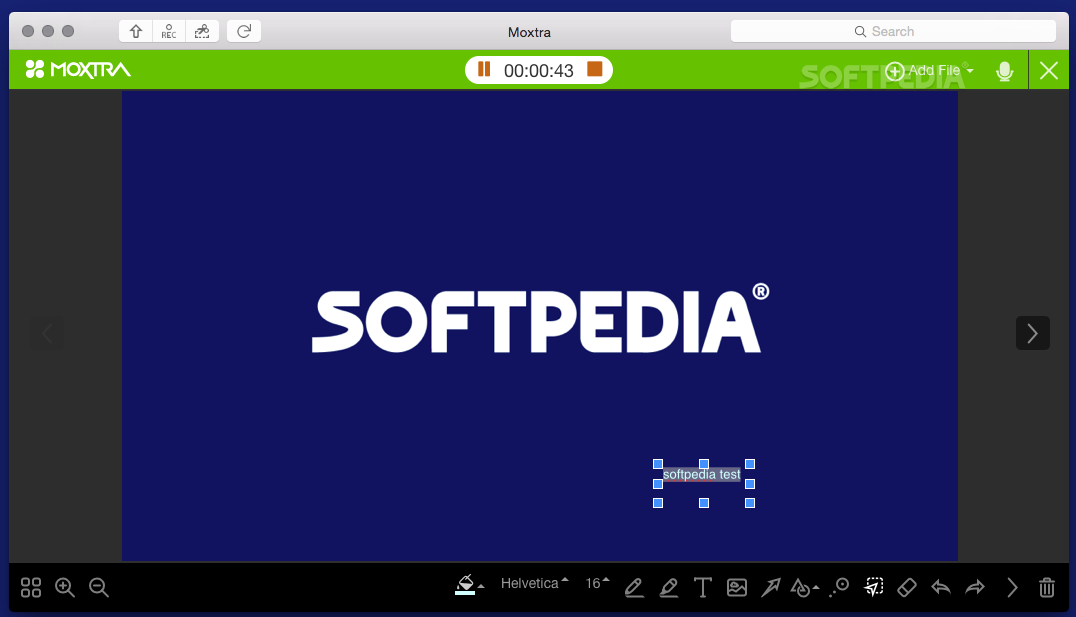


Plt.title("Bank of America Stock Price (5Y Lookback)")

Plt.title("Wells Fargo Stock Price (5Y Lookback)") Ticks = range(1, len(bank_lumns)+1)ĭates = #Add labels to each individual boxplot on the canvas Plt.title('Boxplot of Bank Stock Prices (5Y Lookback)') #Name the columns of the DataFrame and set the 'Date' column as the indexīank_t_index('Date', inplace = True)
MOXTRA STOCK SERIES
#Concatenate the pandas Series togehter into a single DataFrameīank_data = pd.concat(series_list, axis=1) #These elements will be the column names of our pandas DataFrame later on. #Copy the 'tickers' list from earlier in the script, and add a new element called 'Date'. Series_list.append(pd.DataFrame(bank_data)) #Loop through each of our tickers and parse a pandas Series of their closing prices over the last 5 years #Create an empty list that we will append pandas Series of stock price data into #Send the HTTP request to the IEX Cloud API and store the response in a pandas DataFrame #Interpolate the endpoint strings into the HTTP_request string #Drop the last comma from `ticker_string` #Loop through every element of `tickers` and add them and a comma to ticker_string #Create an empty string called `ticker_string` that we'll add tickers and commas to We covered this in the last tutorial, but please note that you will need to generate your own IEX Cloud API key and include it in the IEX_API_Key variable in order for the script to work.
MOXTRA STOCK CODE
The actual code for the visualization is included below. Here is a static image of the visualization we created: The visualization uses pandas, matplotlib, and Python to present various data points from the 5 largest publicly-traded banks in the United States. Instead of building an entire data visualization from scratch in this article, we will be working with the visualization that we created in my last tutorial. The Specific Data Visualization We Will Be Working With These visualizations are excellent candidates for embedding on your blog or website. In this tutorial, I will teach you how you can create interactive data visualization in Python. Fortunately, an easy solution is already available! Some readers reached out to ask if there was any way to make the visualizations interactive.
MOXTRA STOCK HOW TO
In an earlier freeCodeCamp tutorial, I explained how to create auto-updating data visualizations in Python.


 0 kommentar(er)
0 kommentar(er)
